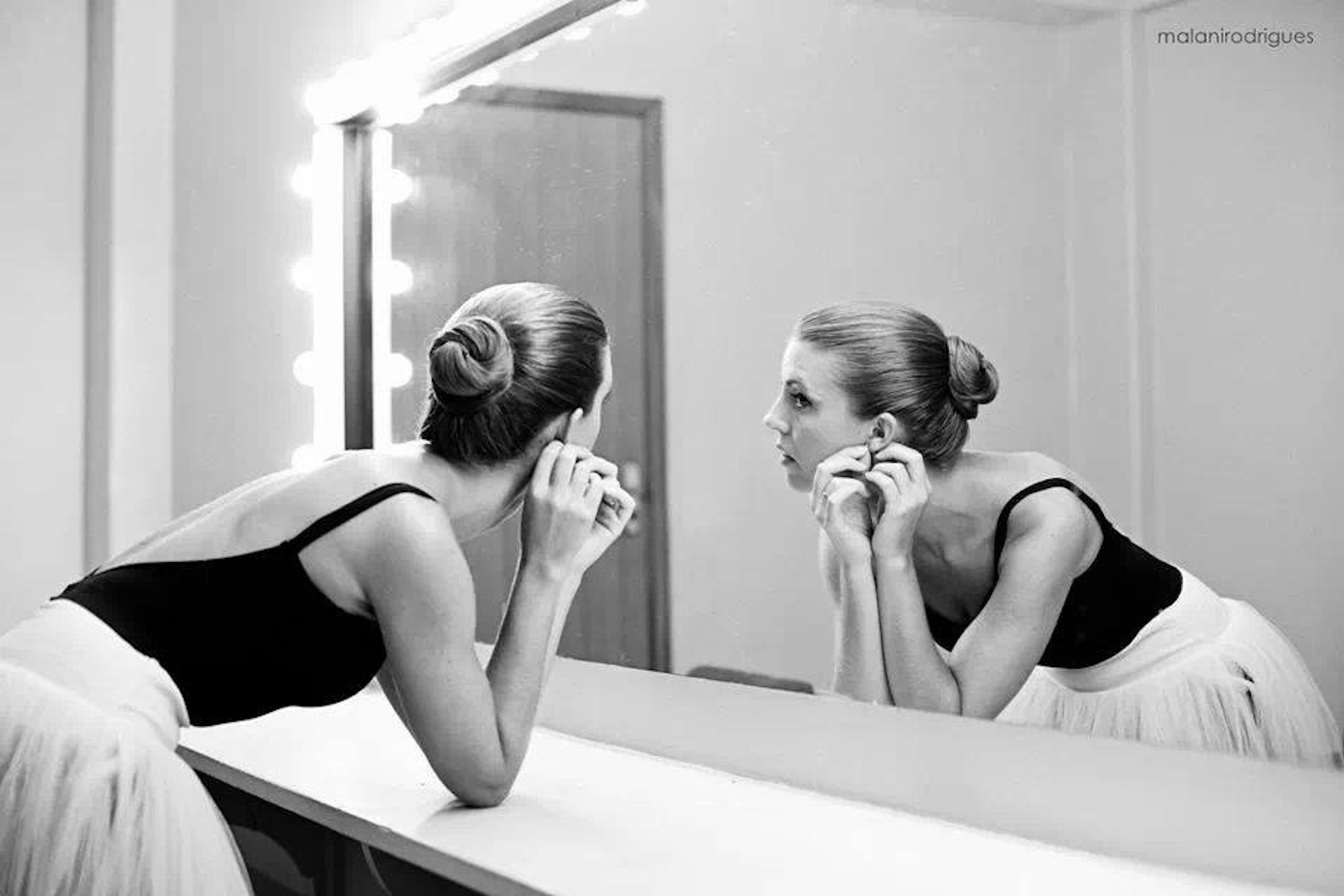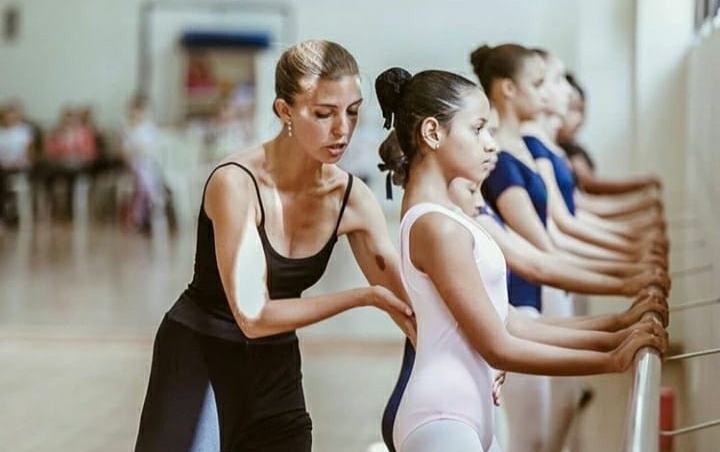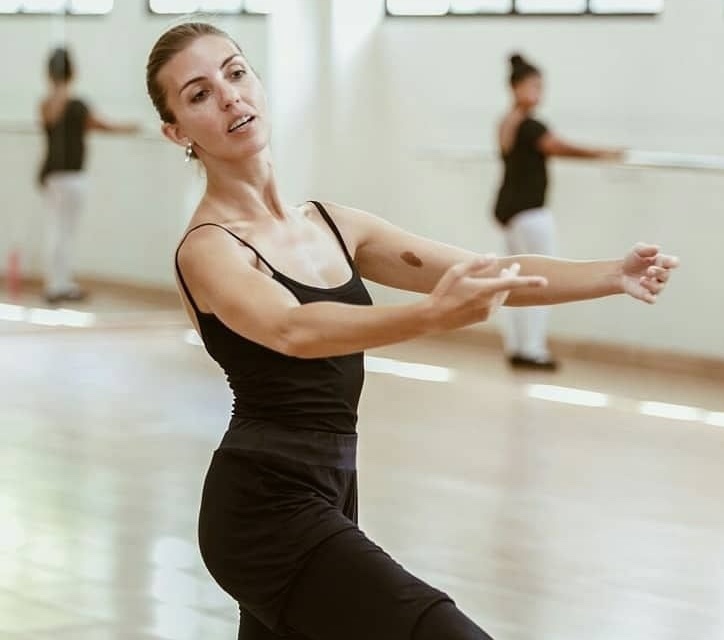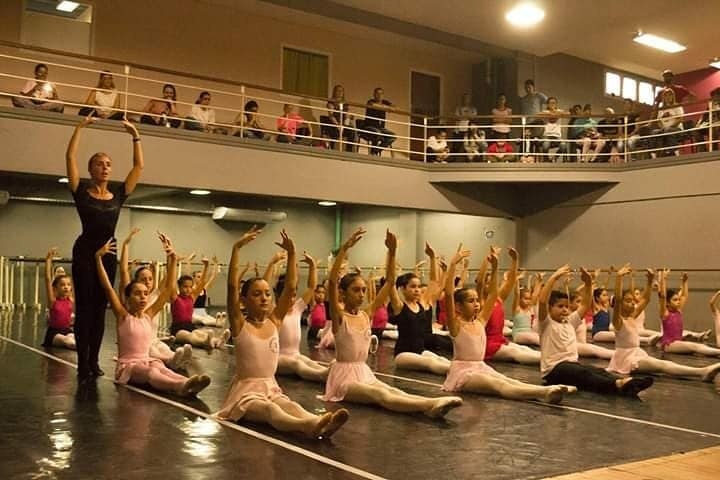
05 Nov BFW Stories: A Conversation with Brazilian Ballerina Carolina Cox
Hailing from Brazil and with a truly international perspective, Carolina Cox has made ballet the center of her career, both as a professional dancer and as an educator. Learn about what led her from tap and jazz to the world of Ballet, and her growing interest in health and wellness within the world of dance:
BFW: When and how did you first fall in love with ballet?
CC: I guess I was around nine or ten when I really fell in love with Ballet. I had already taken ballet classes at the age of six and seven, but it was more like an activity than a passion. I suppose when I first saw the iconic Balanchine’s “The Nutcracker” and heard Tchaikovsky’s score for the “Grand Pas de Deux”, that was the moment. I remember clearly sitting on my friend’s mom’s bed, watching Wendy Whelan’s “Arabian Dance”, Coffee, and Darcy Kistler as Sugarplum Fairy with Damian Woetzel, and wondering that there was nothing more beautiful in the world than Ballet!
BFW: Tell us a little bit about your story in the world of ballet
CC: It’s a long one! I actually started young since my mom was a dance teacher of jazz and American tap, which is not very common in Brazil, so I was always at the studio with her. I took ballet, jazz, everything until finding out ballet was my thing. I kept dancing as an amateur until it was time to go to college and I ended up going to law school. During this time I was struggling between studies, my ballet classes, and I also started teaching ballet at the age of 21, and so my true calling came without me even noticing. The next year, I met the most important ballet teacher I had (we ended up getting married!!), so I could improve myself as a dancer, artist, and teacher as I never realized I could. Long story short, 13 years later, we founded our own school in Brazil and now I am a teacher and Academic Coordinator of Academia de Ballet de Moscow in Argentina, a professional school in the North of the country, founded with a partnership with the Russian embassy to bring teachers and methodology for our students. I am very proud to work in an institution like this.


BFW: What is your favorite thing about dancing ballet?
CC: There are so many amazing things about Ballet, but for me personally, when I am connected to Ballet, it may be taking a class, teaching, rehearsing, or being on stage, then I feel absolute peace. It’s like a prayer, like being connected to something sacred, magical, and mystical, like meditating. I can only imagine that’s how it is to be close to God.
BFW: What is your favorite classical ballet?
CC: For an issue of affective memory, I would have to say “The Nutcracker”, since this Ballet gave me so many amazing experiences. But besides this, also “Giselle”, Sir Frederick Ashton’s “Sylvia.” It also depends on the mood that I am in. All of them touched me in different ways, in different moments of life.

BFW: Who is your favorite dancer?
CC: Sylvie Guillem and Darcey Bussell. They are absolute divas who started standards for generations to come. Steven McRae mesmerized me when I had the opportunity to see him live in Brazil. I am also a big fan of Maria Kochetkova, Polina Semionova, Tiler Peck, Dorothée Gilbert, and so many incredible dancers we have the privilege to follow and admire and learn from them.
BFW: What’s your favorite cross-training workout?
CC: Running. I’ve been doing this for 12 years and it has totally helped me keep a healthy weight and increase my stamina. Also, pilates and exercises developed by professionals of this area helped me a lot. This year I also started working with gyrokinesis, which is a great method to improve your spinal movements, because that is a part of our body strongly affected by aging.
BFW: What advice would you give to adult dancers just starting out in ballet and who have never been exposed to it?
CC: Don’t panic! Classical Ballet has its own language, range of movements, and physical demands that are exclusively theirs. After you overcome this initial fear, everything will flow with method, learning progression, and a peace and joy only dance can provide.

BFW: What advice would you give to dancers returning after a long time who feel like they’re starting from square 1?
CC: Also don’t panic! Your body has changed from that time when you used to dance, but it has its memory. Movements and physical comprehension will gradually come, and you will be able to keep improving.
BFW: What would you like to achieve next within the practice of ballet?
CC: As a ballet practitioner, I just want to keep dancing until I’m very, very old. Every day I value more, especially as an adult practicing ballet, to execute each movement, even the simplest, with quality, care, attention, love, enjoying the technique, the music, the art, and pushing my body gently to improve, but also keeping safe and healthy. As a ballet teacher, I want to provide the best teaching and opportunities to my students so that they can also reach their dreams through dance!

BFW: What do you think is next for ballet?
CC: I think dancers and teachers are more worried about finding a balance between performance (higher technical demands) and health. Dancers want to dance better and for a long time, so I am glad to see many of my colleagues respecting the limits of the student’s bodies and searching for different approaches to help them get to their best without losing their health. I’ve been seeing so many young dancers being pushed over their capacities at that moment, that they have to end their career even before it started. I guess we are more aware of that, and now we can see ballet in harmony with self-care, joy, and the search for balance between body and mind.
Share your story! Reach out to [email protected] to share your message and help women around the world discover that it’s never too late for ballet!
